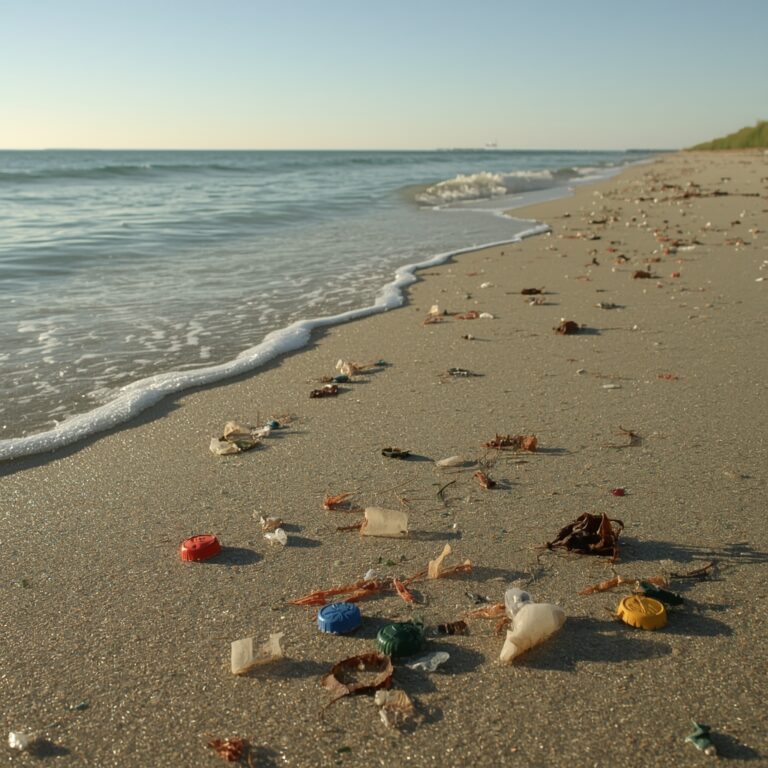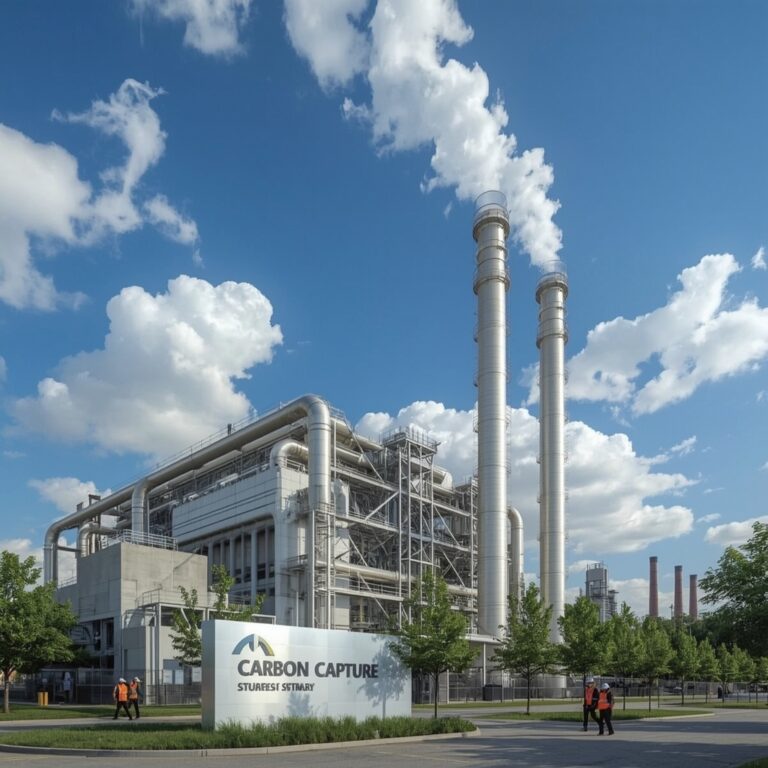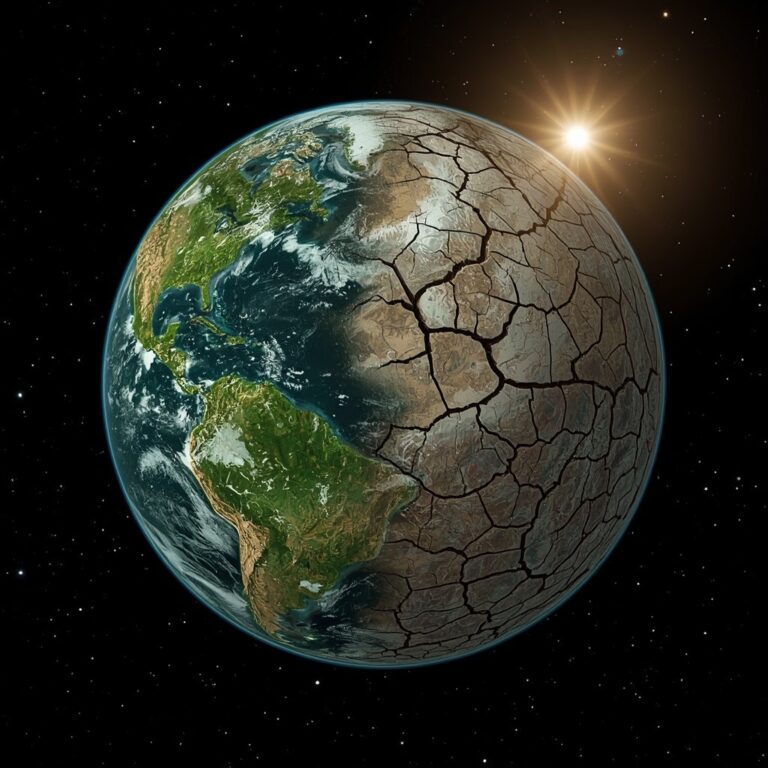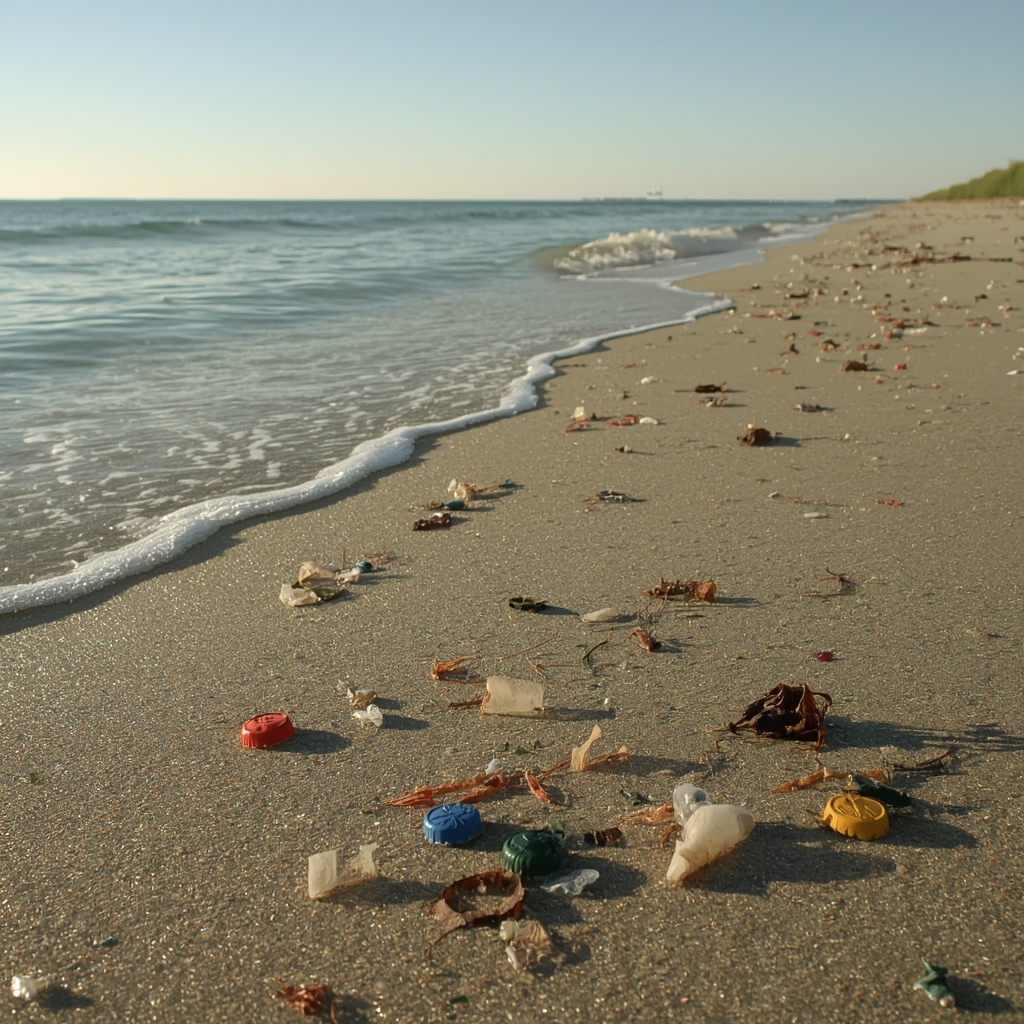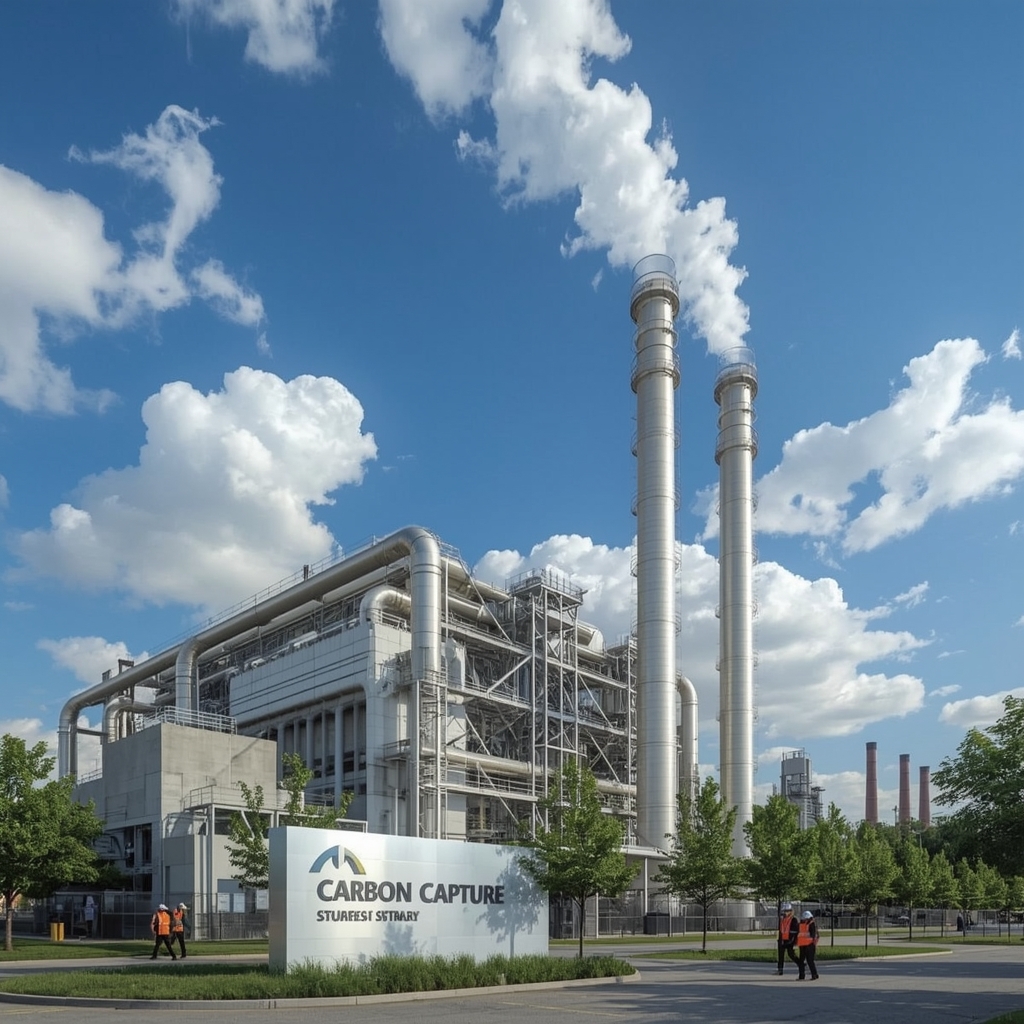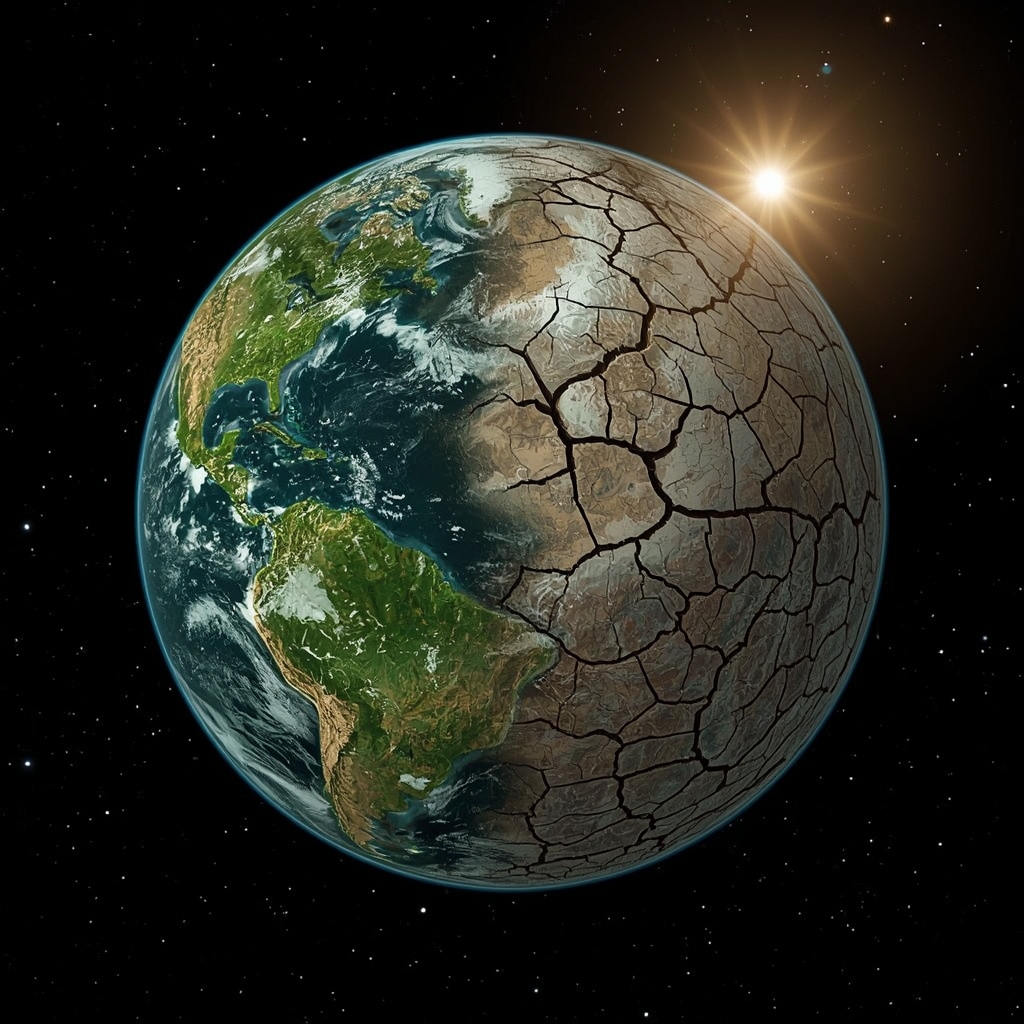What Is Carbon Sequestration Technology
What is carbon sequestration technology? In simple terms, it’s a process designed to capture and store carbon dioxide (CO₂) emissions before they reach the atmosphere. This powerful climate solution helps slow down global warming by trapping carbon from sources like power plants, industries, and even the air itself. The captured CO₂ is then stored underground or used in eco-friendly products. In the USA, carbon sequestration is gaining attention as industries aim for net-zero goals. Understanding this technology is crucial to addressing climate change and preserving a cleaner, more sustainable future for the planet.
Understanding the Concept of Carbon Sequestration
At its core, carbon sequestration technology is about reducing the amount of CO₂ in the atmosphere. There are two main approaches: natural sequestration and artificial (or technological) sequestration.
Natural sequestration occurs through forests, oceans, and soil that naturally absorb carbon dioxide. Trees, for example, pull CO₂ from the air during photosynthesis and store it in their roots and leaves.
Artificial sequestration, on the other hand, uses advanced technologies to capture carbon directly from industrial emissions or even the air itself, storing it deep underground in rock formations or depleted oil fields.
Both methods are vital for achieving global carbon neutrality.
How Carbon Sequestration Technology Works
The process of carbon capture and storage (CCS) involves three main steps:
-
Capture: Carbon dioxide is separated from other gases produced in industrial processes or energy generation.
-
Transport: The captured CO₂ is compressed and transported through pipelines or ships.
-
Storage or Utilization: Finally, the CO₂ is injected into underground geological formations for long-term storage or repurposed for making products like concrete or fuel.
In the USA, many pilot projects and large-scale CCS plants are being developed to reduce emissions from fossil fuel-based industries, paving the way for a cleaner, low-carbon economy.
Types of Carbon Sequestration
There are several methods of carbon sequestration used globally:
-
Terrestrial Carbon Sequestration: Involves capturing CO₂ through afforestation, reforestation, and soil management practices.
-
Geological Carbon Sequestration: Stores captured carbon deep underground in rock formations, saline aquifers, or old oil reservoirs.
-
Ocean Carbon Sequestration: Enhances natural ocean absorption by stimulating plankton growth or direct injection methods.
-
Bioenergy with Carbon Capture and Storage (BECCS): Combines bioenergy production with carbon capture for negative emissions.
Each method contributes differently to carbon management strategies and can be tailored to specific geographic or industrial needs.
The Role of Carbon Sequestration Technology in Fighting Climate Change
Understanding what is carbon sequestration technology is essential in the battle against global warming. This innovation helps mitigate the effects of greenhouse gases by capturing CO₂ before it accumulates in the atmosphere.
In the USA, sectors like energy, manufacturing, and transportation account for a large share of emissions. By adopting carbon sequestration systems, these industries can significantly reduce their carbon footprints.
Moreover, carbon capture can complement renewable energy by addressing emissions that are hard to eliminate. Together, these solutions move the world closer to achieving the global climate targets outlined in the Paris Agreement.
Benefits of Carbon Sequestration
Carbon sequestration offers several environmental and economic benefits:
-
Reduces Greenhouse Gas Emissions: Helps lower atmospheric CO₂ levels.
-
Supports Net-Zero Goals: Enables industries to meet sustainability targets.
-
Protects Ecosystems: Reduces stress on forests, oceans, and wildlife.
-
Boosts Innovation: Encourages green technology investments and job creation.
-
Enhances Energy Security: Supports cleaner industrial processes and resource management.
For the USA, carbon sequestration is not just an environmental necessity—it’s also a path toward economic growth and leadership in green innovation.
Challenges and Limitations
While promising, carbon sequestration technology faces several challenges:
-
High Costs: Developing and maintaining carbon capture facilities can be expensive.
-
Storage Risks: Long-term underground storage must be carefully monitored to prevent leaks.
-
Energy Consumption: The process itself requires significant energy, which can offset some benefits.
-
Limited Awareness: Many regions lack the infrastructure and policies needed for widespread adoption.
Despite these hurdles, ongoing research and government support are making carbon sequestration more efficient, affordable, and scalable each year.
Carbon Sequestration in the USA
The USA is a global leader in carbon capture research and implementation. Projects like the Petra Nova facility in Texas and the Illinois Industrial CCS Project have demonstrated the potential of large-scale carbon storage.
Federal and state governments are offering tax incentives, research grants, and partnerships with private companies to accelerate adoption. These initiatives aim to meet the country’s climate goals while maintaining economic competitiveness.
Additionally, American scientists are exploring direct air capture (DAC) and ocean-based solutions to complement traditional methods.
The Future of Carbon Sequestration Technology
The future of carbon sequestration technology looks promising as innovation accelerates. Emerging technologies like direct air capture, mineralization, and biochar are showing great potential for scalable, long-term solutions.
By combining AI-driven monitoring, renewable energy sources, and circular carbon utilization, the next generation of sequestration technologies could transform global climate action.
In the coming decades, carbon capture may become a standard part of industrial systems, ensuring that economic growth no longer comes at the expense of environmental health.
Final Thoughts
Understanding what is carbon sequestration technology helps us see how science and innovation can play a powerful role in combating climate change. By capturing and storing carbon emissions, we can protect our planet, stabilize ecosystems, and build a cleaner future.
While challenges remain, global collaboration, public awareness, and continuous investment in research will ensure that this technology evolves into a cornerstone of sustainable living.
The fight against climate change begins with action—and carbon sequestration is one of the strongest tools we have to safeguard the Earth for generations to come.

